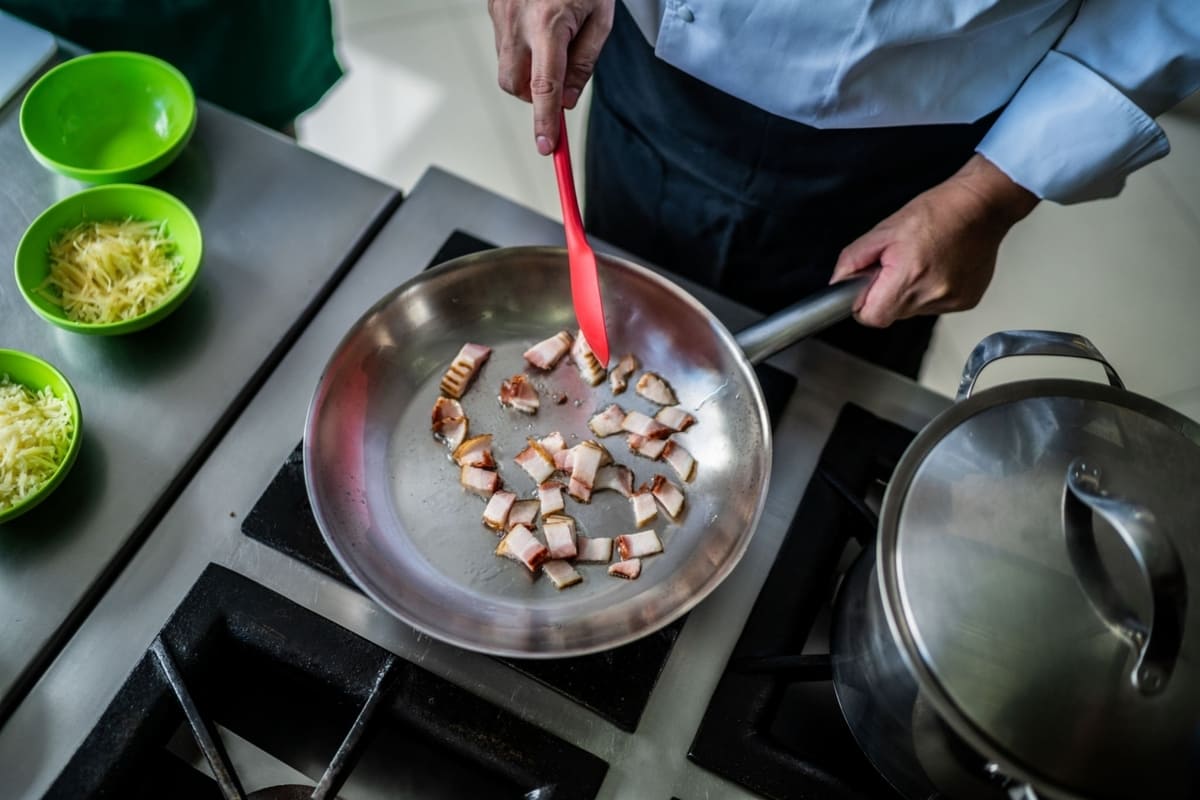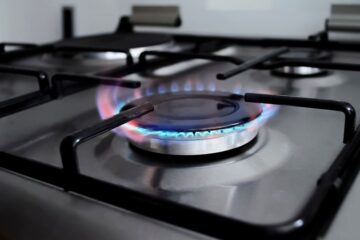When it comes to seafood boils, reheating them can be a bit of a challenge. While the initial cooking process may have been a breeze, reheating the leftovers without compromising the flavor and texture of the seafood can be tricky. Fortunately, reheating seafood boil on the stove is a simple and effective method that can help you achieve the desired results.
One of the main benefits of reheating seafood boil on the stove is that it allows you to control the heat and ensure that the seafood is heated evenly. This method is also ideal for those who prefer to avoid using the oven or microwave. While reheating seafood boil on the stove may take a bit longer than other methods, it is worth the effort to enjoy the delicious flavors of the seafood again. In the following sections, we will explore the steps involved in reheating seafood boil on the stove and provide some useful tips to help you achieve the best results.
Understanding Seafood Boil
What is Seafood Boil?
Seafood boil is a popular dish that consists of boiled seafood, such as shrimp, crab, lobster, and crawfish, along with vegetables like potatoes, corn, and onions. The dish is typically served family-style, with the seafood and vegetables spread out on a table or a large platter, and diners use their hands to peel and eat the seafood. Seafood boil is a staple in many coastal regions, particularly in the southern United States.
Why Reheat Seafood Boil?
Seafood boil is a dish that is best enjoyed fresh, but sometimes leftovers are inevitable. Reheating seafood boil can be a tricky task, as overcooking the seafood can lead to a rubbery texture and loss of flavor. However, with the right techniques, it is possible to reheat seafood boil and still enjoy its full flavor and texture.
There are several reasons why someone might need to reheat seafood boil. For example, if they have leftover seafood boil from a party or event, they may want to enjoy it again the next day. Or, if they have purchased pre-cooked seafood boil from a restaurant or grocery store, they may need to reheat it at home before serving.
When reheating seafood boil, it is important to keep in mind that seafood is a delicate ingredient that can easily become overcooked and lose its flavor and texture. Therefore, it is essential to use the right techniques and equipment to ensure that the seafood is reheated properly.
Reheating Seafood Boil on Stove
When it comes to reheating seafood boil, there are several methods you can use. One of the most popular ways is to reheat it on the stove. This method is quick and easy, and it allows you to control the heat and ensure that the seafood is heated evenly. Here’s how to reheat seafood boil on the stove.
Preparation
Before you start reheating the seafood boil on the stove, you need to make sure that it is properly thawed if it was frozen. You should also remove any seafood that has already been cooked, such as crab legs or shrimp, and set them aside. This will help ensure that they don’t overcook and become tough.
Next, you should prepare a large pot of water. The pot should be large enough to hold the seafood boil and enough water to cover it completely. You can also add some additional seasonings, such as Old Bay seasoning or garlic, to the water to enhance the flavor of the seafood.
Reheating Process
Once you have prepared the pot of water, you can start reheating the seafood boil on the stove. Here are the steps to follow:
- Place the seafood boil in the pot of water.
- Turn the heat to medium-high and bring the water to a boil.
- Once the water is boiling, reduce the heat to low and let the seafood boil simmer for 10-15 minutes. This will allow the flavors to meld together and the seafood to heat through.
- Use a slotted spoon or tongs to remove the seafood from the pot and transfer it to a serving platter.
Serving Tips
When serving the reheated seafood boil, you may want to add some additional seasonings or garnishes to enhance the flavor and presentation. Here are some serving tips:
- Sprinkle some chopped parsley or cilantro over the seafood for a pop of color and freshness.
- Serve the seafood with some lemon wedges or hot sauce on the side for added flavor.
- Add some melted butter or garlic butter to the serving platter for dipping.
Alternative Methods
While reheating seafood boil on the stove is a popular method, there are other ways to reheat it as well. In this section, we will discuss two alternative methods: the microwave method and the oven method.
Microwave Method
The microwave method is a quick and easy way to reheat seafood boil. To reheat seafood boil in the microwave, follow these steps:
- Place the seafood boil in a microwave-safe container.
- Cover the container with a microwave-safe lid or plastic wrap.
- Microwave the seafood boil on high for 2-3 minutes.
- Stir the seafood boil and microwave for an additional 1-2 minutes, or until it is heated through.
While the microwave method is convenient, it may not be the best option for reheating seafood boil. Microwaving can cause the seafood to become rubbery or tough, and it may not heat the seafood evenly.
Oven Method
The oven method is another option for reheating seafood boil. To reheat seafood boil in the oven, follow these steps:
- Preheat the oven to 350°F.
- Place the seafood boil in an oven-safe dish.
- Cover the dish with aluminum foil.
- Bake the seafood boil for 15-20 minutes, or until it is heated through.
The oven method is a good option for reheating seafood boil because it heats the seafood evenly and can help to maintain its texture. However, it may take longer than other methods and may not be as convenient.
Conclusion
In conclusion, reheating seafood boil on the stove is a simple and effective way to enjoy leftovers without compromising on flavor and texture. Whether using a pot or a skillet, the key is to add some liquid to the mix, such as water, broth, or wine, to prevent the seafood from drying out and to enhance the taste.
One of the advantages of reheating seafood boil on the stove is that it allows for more control over the temperature and the cooking time, compared to other methods such as the microwave or the oven. This means that you can adjust the heat and the duration depending on the type and amount of seafood you are reheating, and on your personal preferences.
Another benefit of reheating seafood boil on the stove is that it is versatile and adaptable to different recipes and ingredients. You can add spices, herbs, vegetables, or other seasonings to the liquid to create a custom sauce or broth that complements the seafood and adds depth to the dish.



